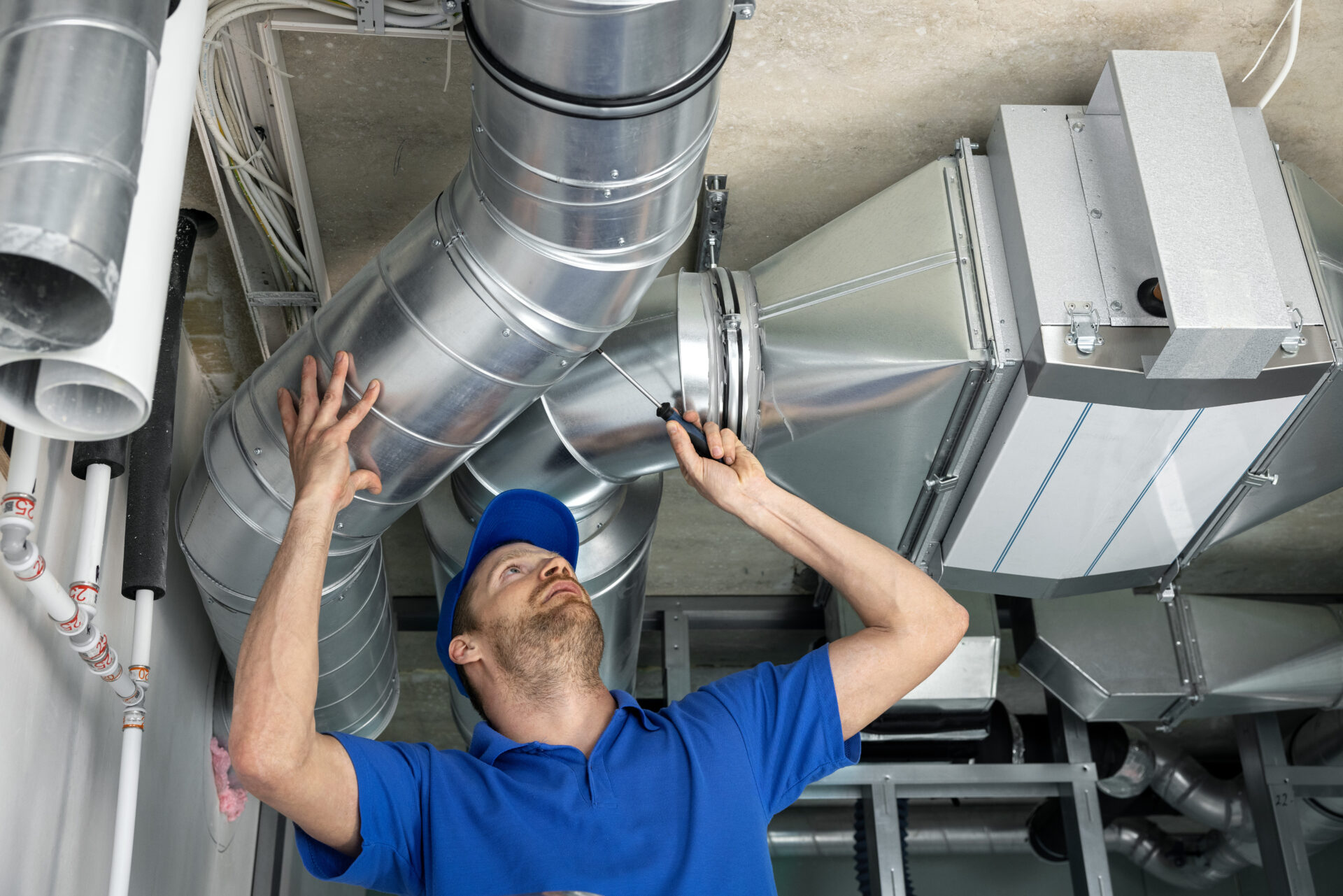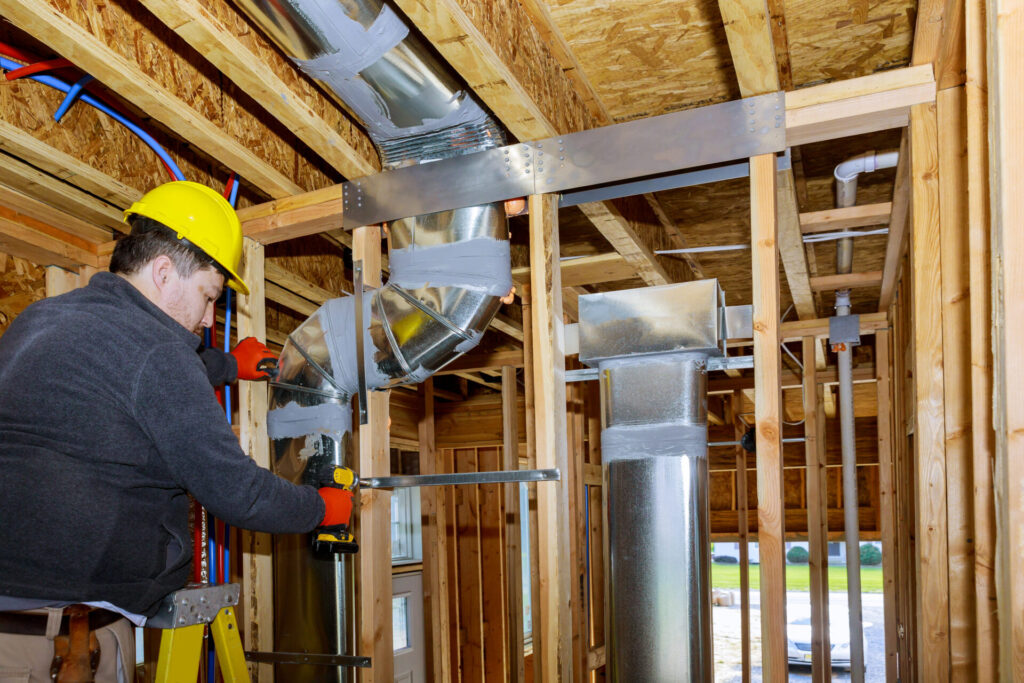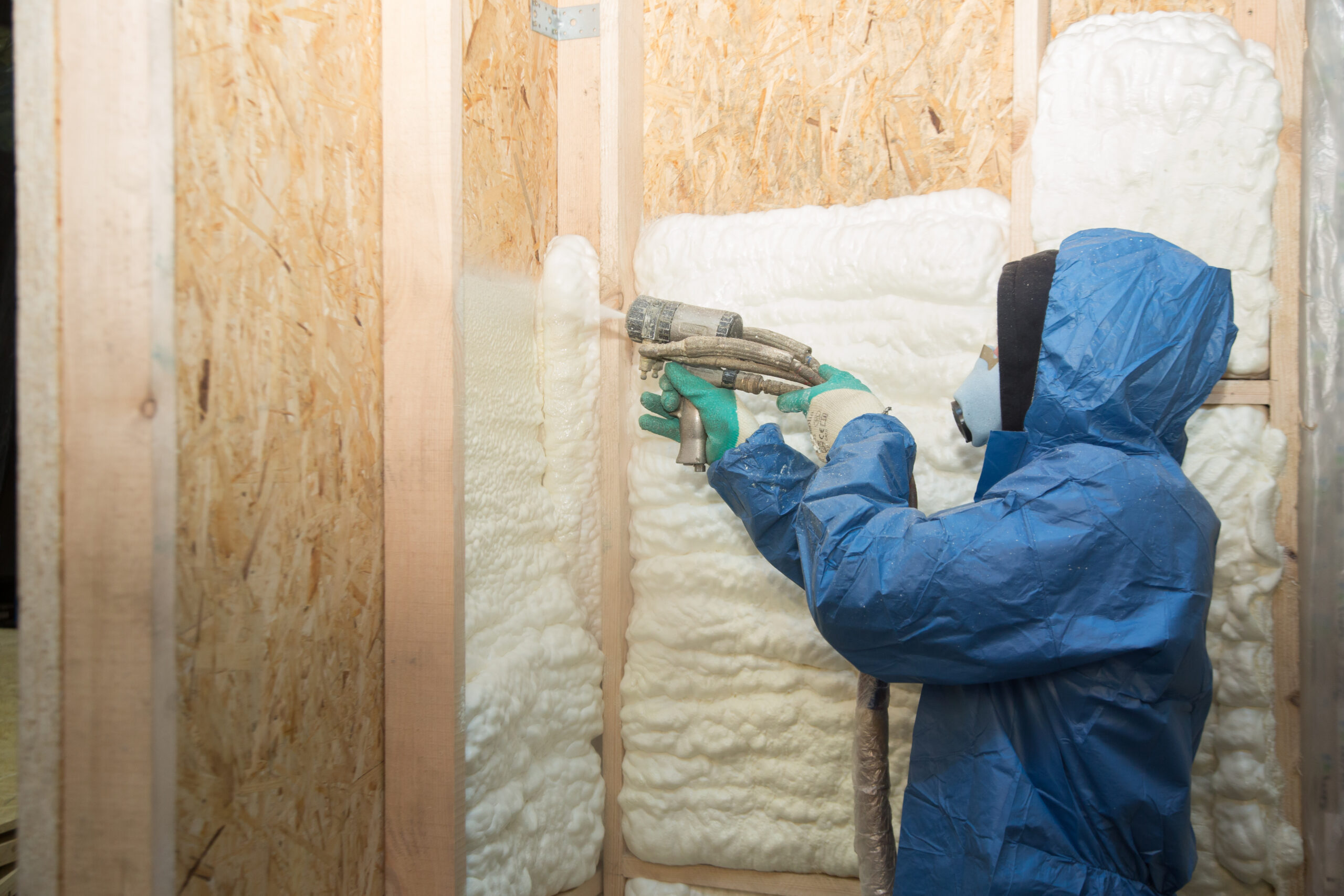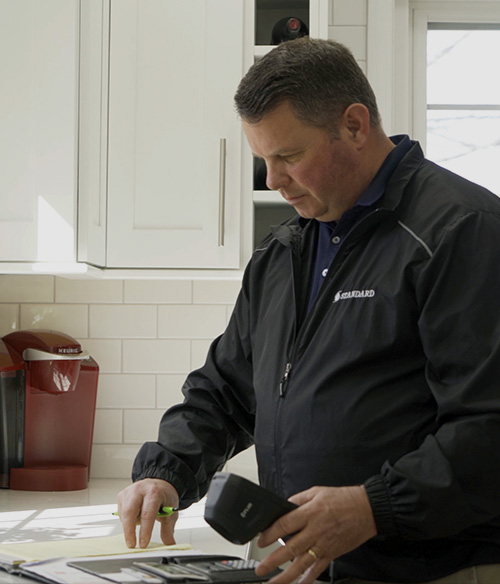Benefits of Insulating Air Ducts: How Ductwork Can Affect Efficiency and Air Flow

Air ducts are the unsung heroes when it comes to maximizing your home’s energy efficiency. Although they may not be the first thing most people think of when considering how to boost energy efficiency, air ducts are an essential element in the process. In fact, the United States Department of Energy has identified air ducts as one of the most important elements installed in a home.
The branched network of tubes known as air ducts carries air from the furnace and air conditioner to each room. Failing to properly maintain air ducts can cost homeowners hundreds of extra dollars every year. Leaky, under-insulated air ducts wreak havoc on energy bills, interfere with air quality, and reduce your home’s overall energy performance.
Unfortunately, it’s common for air duct systems to lose up to 40% of heating and cooling energy through leakage and heat transfer. The combination places added stress on the HVAC system, with energy losses of approximately 20% causing HVAC systems to work 50% harder.
Just as with attic insulation, when you insulate air ducts, it helps prevent energy loss and makes it easier to maintain optimal comfort inside air-conditioned spaces. Let’s explore how insulating ductwork helps improve your home’s energy performance.
Ventilation 101: The Importance of Proper Home Ventilation
Air delivery efficiency is arguably more important than ever. When considering the design of a building, it’s essential to acknowledge that. Additionally, modern building codes have increased ventilation requirements, which places greater demands on a building’s energy usage. As a result, insulating air ducts has become an important part of the design and building processes.
The Role of Air Ducts in a Building
Air ducts, which are typically made of fiberglass, aluminum, or galvanized steel, may be flexible, rigid, or a combination. With professional, efficient air conditioning, furnace, and boiler ductwork installation, the ducts carry fresh, filtered, conditioned air throughout the house.
Air Ducts and Air Quality
These essential systems also maintain good indoor air quality and provide optimal ventilation to support healthy homes. Indoor air quality is very important, particularly when you consider that indoor air can be two to five times more polluted than the air outside, according to the Environmental Protection Agency (EPA). This data underscores just how vital proper home ventilation is for safety.
Insulating air ducts and relying on energy efficient ductwork decreases the risk that the HVAC system will negatively impact air quality. For example, under-insulated, leaky ducts can be infiltrated with pollutants, allergens, viruses, and bacteria. They can also cause back-drafting from furnaces, water heaters, and other fuel-fired appliances
Benefits of Air Duct Insulation
Keeping indoor air quality in good shape is important, but it’s only one of several benefits of insulating your air ducts. The North American Manufacturers Association (NAIMA) has identified several advantages of insulating air ducts, including the following:
Conserving Energy
As much as 30% of conditioned air can be lost through unprotected ducts, according to research conducted by NAIMA. Insulating air ducts effectively prevents that from happening and protects your HVAC system from leaks, poor connections, and energy transfer. It also supports your home’s HVAC system in moving conditioned air at specified temperatures without causing the energy source to become overtaxed.
Reducing Noise
As air moves through the ducts, it naturally creates sound. Without adequate insulation, the noise inside ductwork can add to uncomfortable noise levels in your home. By adding insulation, you reduce that noise and improve indoor acoustics throughout your home.
Reducing Condensation
Another significant benefit of insulating air ducts is the reduction of condensation. Condensation can form on air duct surfaces when temperatures are equal to or lower than the dew point. This added moisture can quickly turn into a hotbed for microbial contamination. Insulating air ducts helps reduce condensation on air duct surfaces, which in turn helps reduce the growth of mold, mildew, and bacteria and helps prevent moisture-related damage.

Importance of Professional Installation
Insulating ductwork isn’t a DIY proposition, and the importance of professional installation can’t be overstated. Proper installation is the key to increasing airflow through the ductwork and successfully boosting energy efficiency. However, every individual home and building has unique requirements, so it requires expertise to make sure the job is done right.
Whether you are dealing with AC ductwork installation or another type of duct maintenance, trained professionals understand the required standards and procedures. Efficiency requires excellent design and installation and relies on vital principles to guide proper sizing, installation, sealing, and insulation.
Ductwork Sizing
Professionals have the training needed to tackle the complexities of calculating the appropriate size for ductwork. This calculation requires more than just square footage and room size. Ductwork sizing relies on calculations based on square footage, building insulation, number of occupants, number of windows, number of entry doors, and ceiling height.
Installation
With professional installation, you can be assured that all strategic elements, including slope, bends, and flexible connections, are accounted for throughout the installation. Installing air ducts with straight, short runs, minimal bends, proper connections, and full support is essential.
Sealing
Insulation is just one piece of the puzzle. Sealing ducts is like adding the cherry on top of the energy efficiency sundae. Securely fastening joints and sealing ducts using mastic or foil tape helps eliminate leaks and enhance energy efficiency.
Insulation
More than seven out of 10 buildings in America have air ducts with inadequate insulation. In those buildings, energy loss that causes both added cost and comfort issues is sure to be an ongoing challenge. Ensuring ductwork is well-insulated helps enhance energy efficiency, maintain indoor air quality, and reduce interior noise. Professionals can guide you in choosing the optimal materials for your home’s ductwork.
Contact Standard for Expert Help with Your Home’s Air Ducts
What you don’t know about the insulated condition of your air ducts could be costing you money and contributing to your rising energy bills. If you aren’t sure whether your ducts are properly insulated or sealed, the experts at Standard can help. Standard is the oldest and largest insulation company in New York State’s Mohawk Valley and Capital Region. We have served the insulation needs of homeowners, renters, and businesses in the area since 1928, and we would love to share our expertise with you.
Free Energy Audits with Standard
If you are not sure whether you have energy efficient ductwork or you need to replace the insulation, getting a free energy audit can answer that question for you. Our technicians are highly trained and certified by the Building Performance Institute. They provide comprehensive visual inspections and specialized testing to determine the efficiency and safety of all your home’s systems, including HVAC ductwork. Schedule a free energy audit today to get started.



